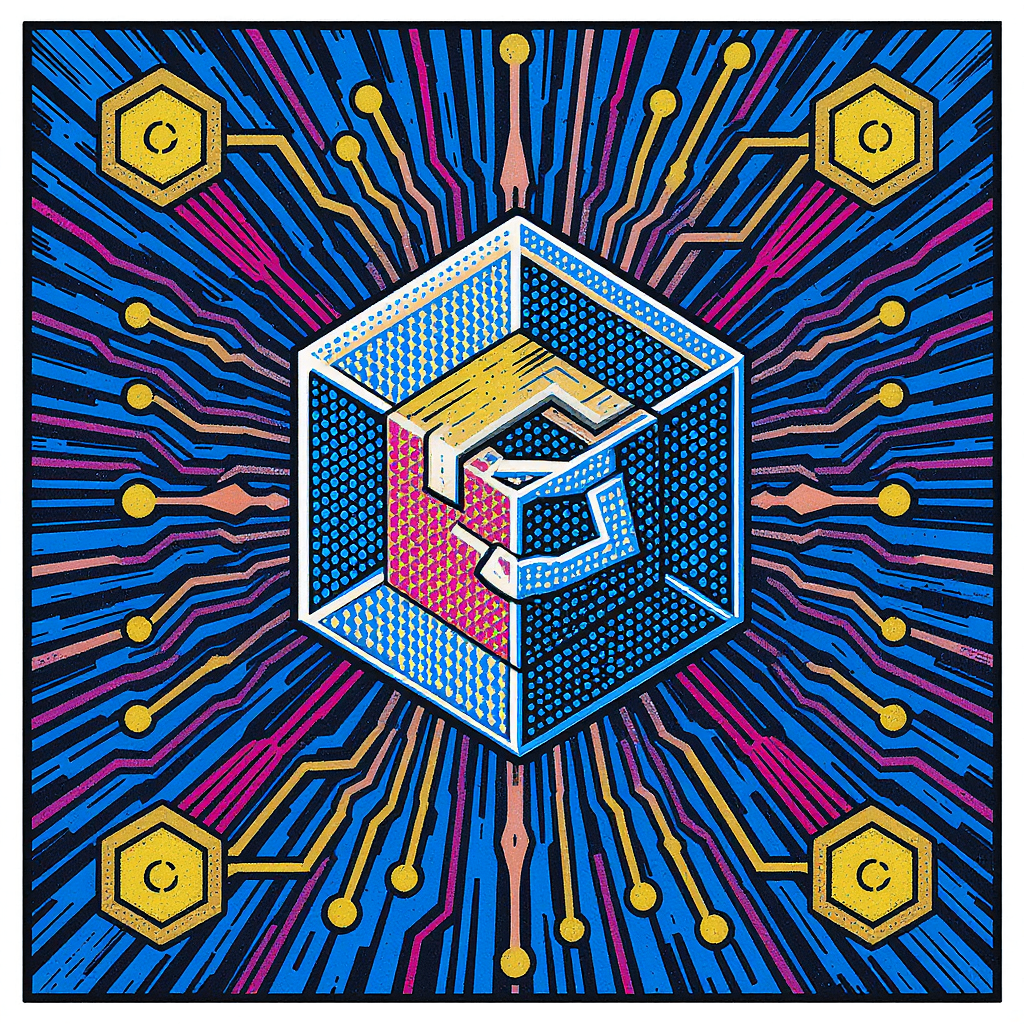The intersection of quantum computing and blockchain technology presents a fascinating and potentially disruptive challenge. The security underpinning most blockchains relies heavily on cryptographic algorithms that are currently considered computationally infeasible to break with classical computers. However, the advent of powerful quantum computers threatens to unravel this security, potentially compromising the integrity and confidentiality of digital assets and sensitive data stored on blockchain networks. This article will explore the potential impact of quantum computing on the cryptographic security of blockchain, examining the vulnerabilities, proposed solutions, and the ongoing race between quantum advancements and cryptographic resilience. We will delve into the specific cryptographic algorithms at risk, the timeline for potential quantum threats, and the various strategies being developed to mitigate these risks. The future of blockchain security hinges on proactively addressing this looming challenge.
Current Cryptographic Landscape in Blockchain
The security of many blockchain systems relies heavily on asymmetric cryptography, specifically algorithms like RSA and ECC (Elliptic Curve Cryptography). These algorithms are based on mathematical problems that are incredibly difficult for classical computers to solve, guaranteeing the security of digital signatures, transaction verification, and the overall integrity of the blockchain. RSA’s security, for instance, is based on the difficulty of factoring large numbers into their prime components. ECC relies on the difficulty of solving the elliptic curve discrete logarithm problem. These problems, while computationally intensive for today’s computers, are theoretically solvable by sufficiently advanced quantum computers using algorithms like Shor’s algorithm.
Shor’s Algorithm and its Implications
Shor’s algorithm is a quantum algorithm that can efficiently factor large numbers and solve the discrete logarithm problem, both cornerstones of widely used public-key cryptography. This means that a sufficiently powerful quantum computer could potentially break RSA and ECC encryption, rendering the cryptographic security measures currently used in many blockchain systems vulnerable. The implications are significant: private keys could be compromised, transactions could be forged, and the overall trust in the blockchain could be severely eroded. The timeline for the development of such quantum computers is a subject of ongoing debate, but the potential threat is real and necessitates proactive measures.
Post-Quantum Cryptography: A Necessary Evolution
Recognizing the potential threat, the cryptographic community is actively researching and developing post-quantum cryptography (PQC). PQC refers to cryptographic algorithms that are believed to be secure against both classical and quantum computers. Several promising candidates are currently being evaluated, including lattice-based cryptography, code-based cryptography, multivariate cryptography, and hash-based cryptography. These algorithms offer alternative mathematical problems that are believed to be resistant to attacks from both classical and quantum computers. The transition to PQC will require a significant effort, including standardization, implementation, and widespread adoption across the blockchain ecosystem.
Mitigation Strategies and the Future of Blockchain Security
Beyond the shift to PQC, several other mitigation strategies are being explored. These include quantum-resistant hash functions, improved key management practices, and the development of quantum-resistant consensus mechanisms. Furthermore, research into quantum-resistant blockchain architectures is underway, exploring entirely new ways of structuring and securing blockchain networks. The challenge lies in balancing security needs with performance considerations. Many PQC algorithms are computationally more intensive than their classical counterparts, potentially impacting transaction speed and scalability. Finding the optimal balance between security and efficiency is crucial for the long-term viability of blockchain technology in a post-quantum world. The integration of these new protocols will require careful planning and collaboration across the blockchain industry.
Conclusion
The advent of quantum computing poses a serious threat to the cryptographic security of blockchain systems. The reliance on algorithms like RSA and ECC, vulnerable to Shor’s algorithm, necessitates a proactive and comprehensive response. The transition to post-quantum cryptography is essential, demanding careful consideration of the various candidate algorithms, their performance implications, and the complexities of large-scale implementation. Alongside PQC, improved key management, quantum-resistant consensus mechanisms, and the exploration of novel blockchain architectures are crucial aspects of mitigating this risk. The future security of blockchain depends on collaborative efforts from researchers, developers, and the wider blockchain community to ensure that this technology remains resilient in the face of quantum advancements. The race is on between quantum computing progress and the development of robust, quantum-resistant cryptographic solutions. The timely adoption of these solutions will be paramount in preserving the integrity and trust of blockchain technology.
References
| Algorithm | Vulnerable to Shor’s Algorithm | Post-Quantum Alternative |
|---|---|---|
| RSA | Yes | Lattice-based cryptography |
| ECC | Yes | Code-based cryptography |
Image By: Black Forest Labs






